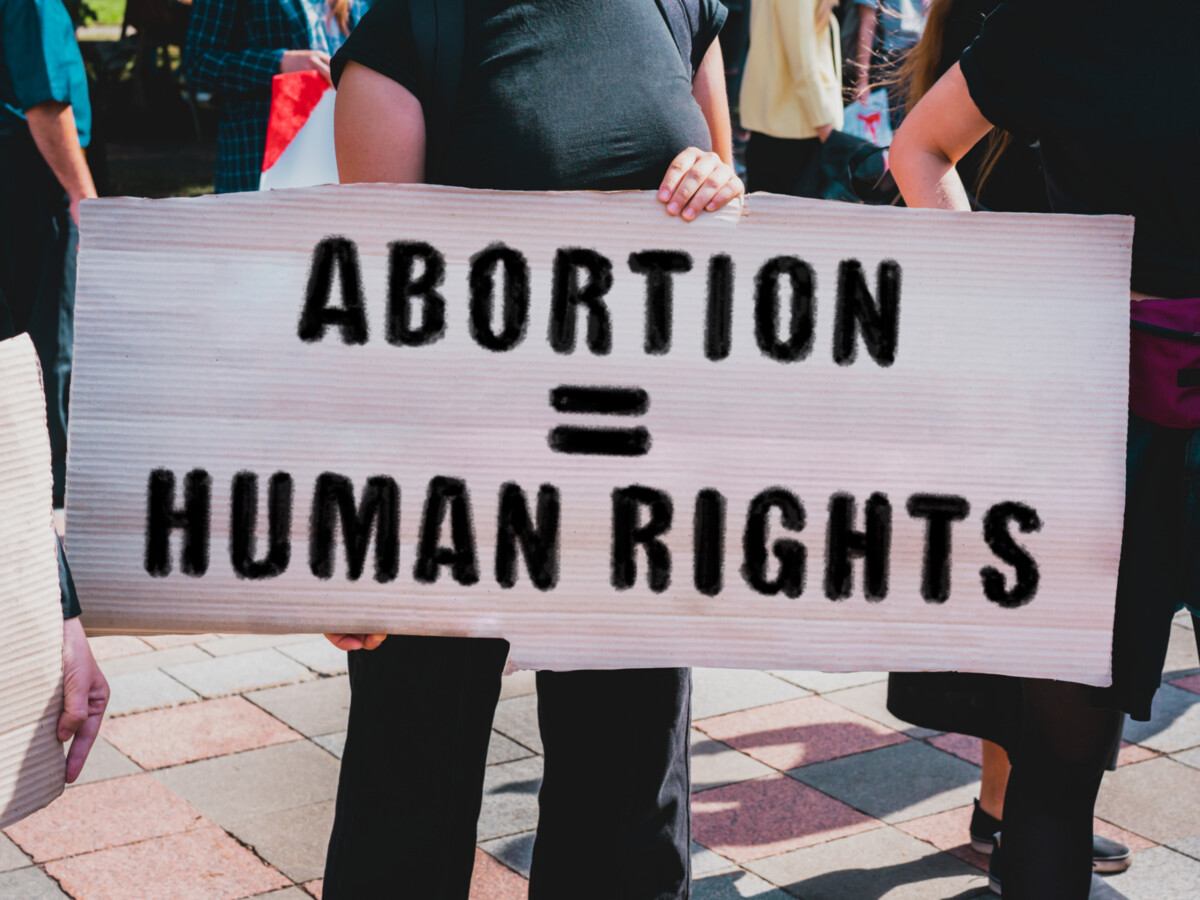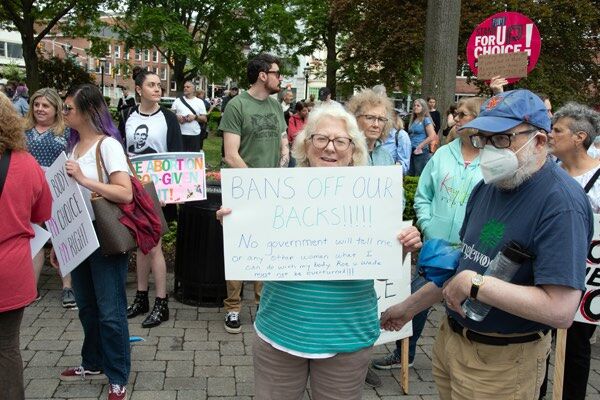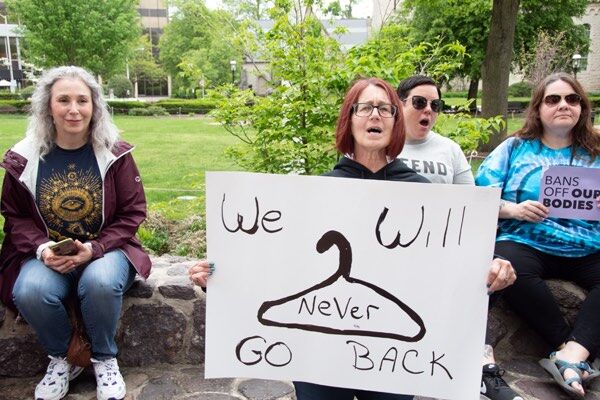Image

The Supreme Court’s ruling in Dobbs v. Jackson Women’s Health, decided June 24, 2022, has overturned the precedent set by the court’s 1973 ruling in Roe v. Wade, which provided constitutional protections for a person’s right to have an abortion.
With no constitutional protections in place individual state’s now have the right to enact laws regarding the legality of abortions.
As a result of the recent Supreme Court ruling, over a dozen states have restricted a person’s access to abortion.
Thirteen states had trigger bans, or laws written to take effect either immediately, by state certification or after a 30-day waiting period, if Roe was overturned.
Once in effect, these laws will supersede other state laws regarding abortion restrictions. As of Friday, several state “trigger laws” are in effect – in states like Arkansas, Missouri, and South Dakota.
Five states had pre-Roe laws banning abortion (including Arizona’s abortion ban, written even before Arizona became a state) which are now applicable, depending on the actions of state legislature.
Four states had six-week bans, but no trigger laws, that could now take effect – of those, Ohio’s is now in effect.
A total of twenty-two states have passed laws that restrict or ban abortions.
 Morristown Abortion Rights Rally on the Green, Photo by Bill Lescohier
Morristown Abortion Rights Rally on the Green, Photo by Bill LescohierSixteen states and the District of Columbia have laws protecting the right to an abortion, mostly before the point at which a fetus becomes “viable” under medical regulations – the beginning of the third trimester, or 23 – 27 weeks.
The U.S. Supreme Court has repeatedly struck down past abortion bans for two main reasons:
Then in 2007, things took a turn.
On April 18, 2007, the U.S. Supreme Court decided 5-4 in Gonzales v. Carhart and Gonzales v. Planned Parenthood Federation of America to uphold a federal ban on specific abortion methods – called by it’s sponsors the “Partial-Birth Abortion Ban Act of 2003.”
This was a massive turn in events, because the court upheld the federal ban even though it failed to include any exception to protect the health of the person pregnant.
This 2007 ruling was the first time in three decades, since Roe v. Wade, that the court upheld such an abortion ban that included no exceptions for the health of the person pregnant.
2018 report from the National Academies of Sciences, Engineering and Medicine concluded that abortion in the U.S. is safe.
Abortion is a medical procedure provided to millions of Americans. Since the Institute of Medicine first reviewed the health implications of legalized abortion in 1975, there has been a plethora of related scientific research.
These studies, and the medical experts performing abortions, confirm that U.S. abortion care is “high-quality” and that the safety of U.S. abortion care “stands in contrast to the extensive regulatory requirements that state laws impose on the provisions of abortion services.”
“These requirements may influence the efficiency of abortion care by requiring medically unnecessary services and multiple visits to the abortion facility, in addition to requiring that care take place in costlier and more sophisticated settings than are clinically necessary. These requirements go beyond the accepted standards of care in the absence of evidence that they improve safety.” - National Academies of Sciences, Engineering, and Medicine. 2018. The Safety and Quality of Abortion Care in the United States. Washington, DC: The National Academies Press. https://doi.org/10.17226/24950.
Some of these requirements mentioned above, such as multiple visits, waiting periods, delay abortion services, and more, can increase clinical risks and cost of abortion care. They also limit a person's options for care and impact a doctor’s ability to provide “patient-centered” care.
These ubiquitous studies confirm that restrictions on abortion only ever negatively impact the safety of the person pregnant.
Abortion is still legal and available in the state of New Jersey.
Although the Supreme Court decision has removed the constitutional protections to abortion services, the ruling will not affect people who are seeking an abortion in New Jersey.
Gov. Murphy signed a bill into law this January preserving the legal right to abortion services in NJ.
The law is built off a 1982 NJ state Supreme Court decision, Right to Choose v. Byrne, which is generally regarded as far more protective of abortion rights than Roe.
There are just under 80 facilities providing abortion care in New Jersey, according to the Guttmacher Institute. Some locations are listed on AbortionFinder.org, a national search tool created in 2020 by nonprofit Power to Decide.
Terminating a pregnancy can be done with medication at home, although patients are expected to visit a doctor for consultation after the miscarriage.
 Bill Lescohier
Bill LescohierThe “Abortion Pill” is the common name for two different medicines that end a pregnancy: mifepristone and misoprostol.
First, you take a pill, mifepristone – a pregnancy needs a hormone called progesterone to grow normally, mifepristone blocks your body’s production of progesterone, stopping the pregnancy from growing.
Then, you take the second pill, misoprostol, either immediately or up to 48 hours later. Misoprostol causes cramping and bleeding to empty the uterus. If you don’t have cramping or bleeding within 24 hours after taking the second medicine, call your doctor.
You will receive both medicines at the health center, and likely antibiotics to prevent infection.
The abortion pill is safe and effective. Learn more at PlannedParenthood.org.
Find out more about what you can do to support reproductive rights at ACLU.org.
Follow Morristown Minute on Facebook, Instagram, and Twitter for more state and local updates.